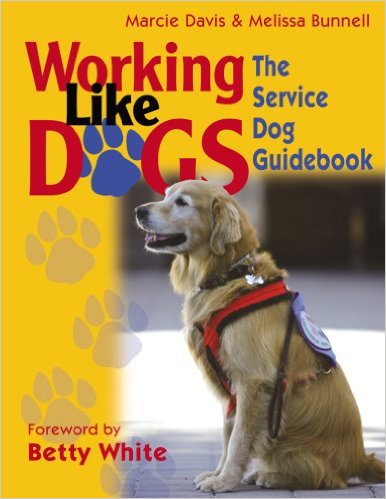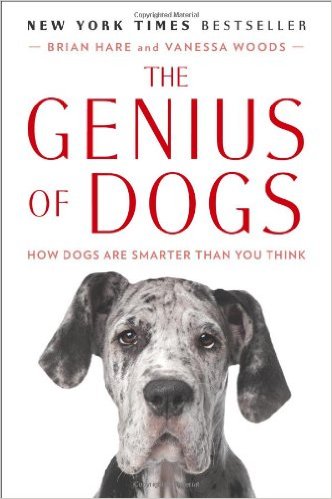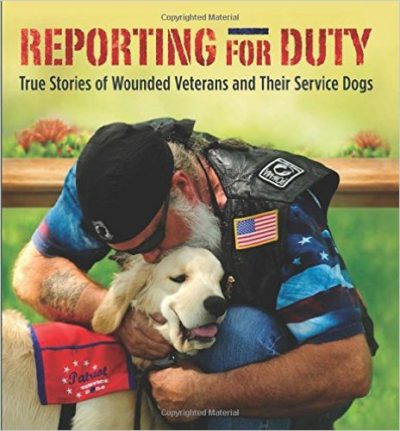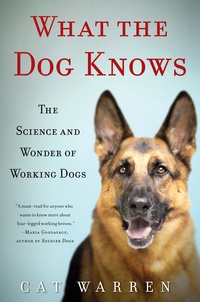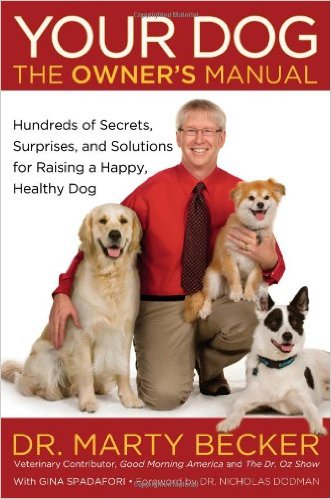I don’t know about you, but I am acutely aware of the sobering statistics related to large breed dogs and cancer. I try to examine Whistle on a daily basis just to make sure that he has no undetected lumps or bumps. And, if I do find something, I make sure to make an appointment right away with Whistle’s veterinarian for his professional opinion and assessment.
I came across a helpful article in a recent issue of Cornell University College of Veterinary Medicine’s DOG Watch that I wanted to share with you regarding the importance of early detection of canine cancer.
Did you know that “it has been estimated that cancer is the cause of death in 50% of dogs over the age of 10 and that 25 to 30% of all dogs will be stricken with the disease at some point during their lives, regardless of their age”?
I don’t want to be an alarmist but I think we can definitely take some proactive steps to protect our assistance dogs. As we all know, the sooner a cancer is diagnosed, the better our dog’s chances that the cancer can be stopped and an assistance dog’s life can be saved or extended.
The folks at DOG Watch stress the importance of owner awareness to such physical symptoms as: “an open sore that won’t heal; an unusual lump or swollen area that doesn’t go away; mysterious bleeding from the mouth or anus; troubled breathing; difficulty in urinating or defecating; uncharacteristic lethargy; reluctance to exercise; sudden weight loss”. They also recommend that young dogs receive a yearly physical but dogs older than eight should have a physical at least twice a year.
Whistle is my third assistance dog. I have noticed that each of my assistance dogs’ health changed between the age of 5-6. After age 5, I began monitoring their health a little closer and regularly scheduling a physical exam with our vet every six months. The cost has been relatively low because he is just conducting a physical assessment in his office however it gives us a base line to monitor Whistle’s health as he becomes a senior working dog.
I routinely groom my assistance dog by brushing their fur at either the beginning or end of the day. Not only is this a good bonding exercise but it also gives me a chance to physically scan Whistle’s body for any lumps or bumps, changes in his skin or other physical signs of potential health concerns.
Dealing with health issues is never easy but I feel it is my responsibility to be vigilante with Whistle’s health care maintenance and overall wellness. Conducting routine exams at home with your assistance dog can be just what the doctor ordered!
Cornell University College of Veterinary Medicine. (October 2011) “Early Detection of Canine Cancer”. DOG Watch. 15(10): 1.

